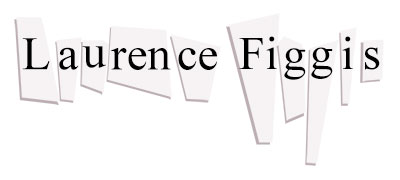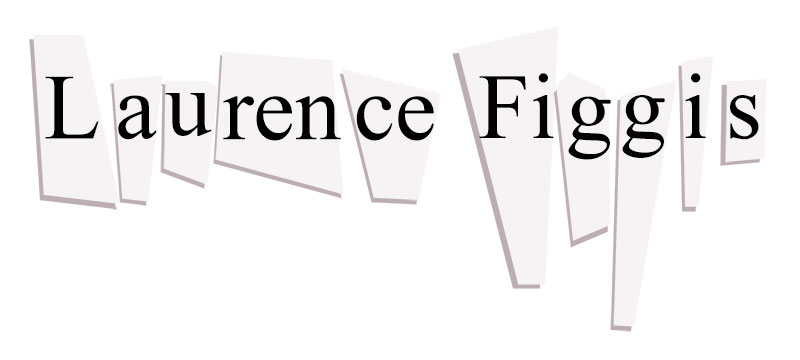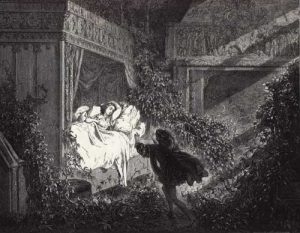May 09
2023Art Writing, Class Matters, Fairy Tales, Writing as Creative Practice
The Shark Prince

Laurence Figgis, The Shark Prince, 2023, Watercolour and pencil on paper, 21 x 21 cm
*
I want to tell you about an acquaintance of mine—old Princeps Squalus. Do you know him? And his wife, the Princess Ahreal. Do you know them? Have you been to one of their spoken word events? Have you been to their home? Did I tell you about their wonderful [BONE BROTH] [ALMOND MILK] [LANA DEL REY] [MUBI]? (You should see the size of their [MUBI]! It’s enormous!) Did I tell you about my [SUPERSOFT DRESSING GOWN] [LONGER FLEECE] [LEMONS UNWAXED]? Did I tell you about my [AUTHENTIC SELF]? Did I tell you about the Shark Prince?
Read more →


